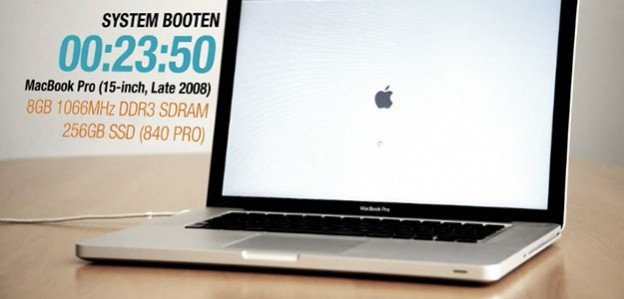
:no_upscale()/cdn.vox-cdn.com/uploads/chorus_image/image/60346761/mbp15touch_space_gallery2_201807_GEO_US.0.jpeg)
Luckily Apple does not tie you into using Apple's RAM, and on most of its systems offers options for the RAM specifications to look for when considering an upgrade (sometimes this is etched into the chassis of the system, and at other times it is in the system's manual). As long as you match up pin count, speed, CAS latency, timing, voltage, and ECC support, then you should be good to go. There is no "Mac RAM" specification that differs from PC RAM, and for both platforms it basically comes down to matching your system's requirements for the RAM chips. Apple does test and guarantee its RAM, but so do numerous other manufacturers and distributors, and ultimately there is no reason for Apple to set the price of RAM upgrades so high. People may see these price differences and assume that some special difference must account for the prices Apple charges, but this is not the case.

For example, if you have a MacBook Pro and wish to purchase an 8GB RAM upgrade for it, Apple will currently charge you $400 for the upgrade, whereas RAM of similar specifications can be purchased for $75-85 elsewhere. Therefore, there is no need to go with Apple's offerings and pay high prices. The components in Apple's computers are for the most part the exact same as other PCs (same CPU, same video card, hard drive, and chipset), meaning that as with other PC systems there is no special requirement for the RAM it uses.

These can include needing more for current tasks or purchasing more in anticipation of future use with OS and application upgrades however, regardless of your reasons for upgrading, if you consider purchasing your upgrade from Apple then you will likely and unnecessarily pay nearly five times as much for your RAM. There are a couple of reasons why you might consider installing more RAM on your Mac.


 0 kommentar(er)
0 kommentar(er)
